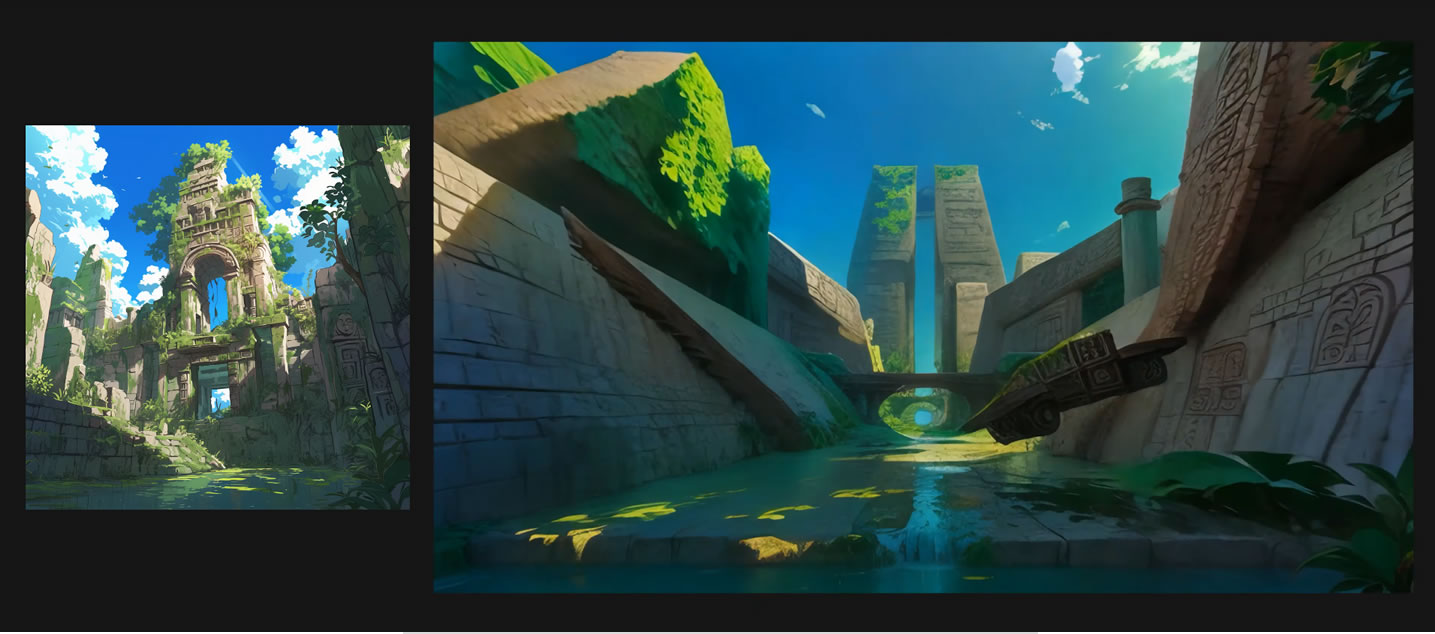
Source: https://www.youtube.com/watch?v=8afb3luBvD8
Mickmumpitz guides us on how to use Stable Diffusion, a neural network-based interface, to generate masks and prompts for rendering 3D animations. The process involves setting up passes in Blender, creating a file output node, and then using Stable Diffusion's node-based interface for image workflow. Overall, the video demonstrates how to use these AI tools to enhance the rendering process of 3D animations.
The process involves setting up render passes, such as depth and normal passes, in Blender to extract information from the 3D scene for AI image generation. Users can create mask passes to communicate which prompts to use for individual objects in the scene. Stable Diffusion, a neural network-based interface, is used to generate masks and prompts for rendering. Mickmumpitz tell us the differences between using Stable Diffusion and SDXL for image generation and video rendering, highlighting the advantages and disadvantages of each, demonstrating how to use Stable Diffusion 1.5 in Blender to generate specific styles and control the level of detail in the AI-generated scenes.
Mickmumpitz shows an updated workflow for rendering 3D animations using AI with Blender and Stable Diffusion. He created simplistic scenes, including a futuristic cityscape and a rope balancing scene, to test the updated version. The workflow uses render passes, such as depth and normal passes, to extract information from the 3D scene for AI image generation. The speaker also explains how to create mask passes to communicate which prompts to use for individual objects in the scene. The workflow aims to make rendering more efficient and versatile.



